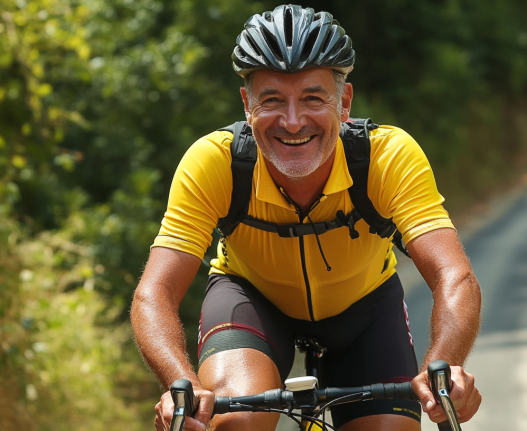Walking is one of the simplest and most relaxing forms of exercise, with countless health benefits for the body. Recent research has shown that walking not only strengthens your physical health but can also significantly improve your mood.
Walking More Can Help Combat Depression
In December 2024, a study published in the Journal of the American Medical Association (JAMA) analyzed data from nearly 100,000 people and found that the more steps taken daily, the fewer symptoms of depression. Walking regularly can reduce the risk of depression.
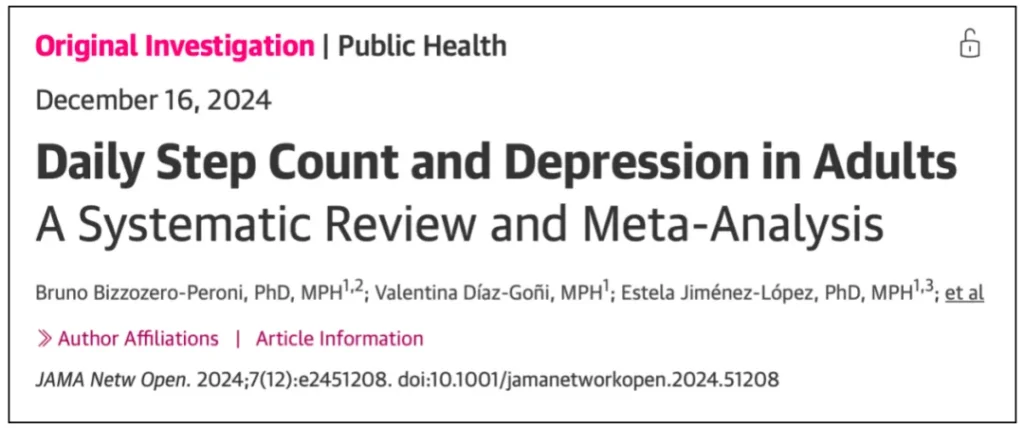
Research screenshots
Key findings:
- Compared to walking fewer than 5,000 steps per day, walking more steps was significantly associated with fewer symptoms of depression.
- Walking 7,000 steps or more daily reduced the risk of depression by 31% compared to those who walked less than 7,000 steps per day.
- For every additional 1,000 steps walked daily, the incidence of depression decreased by 9%.
No matter your age or gender, walking more steps daily can help lower the risk of depression and improve your mental health.
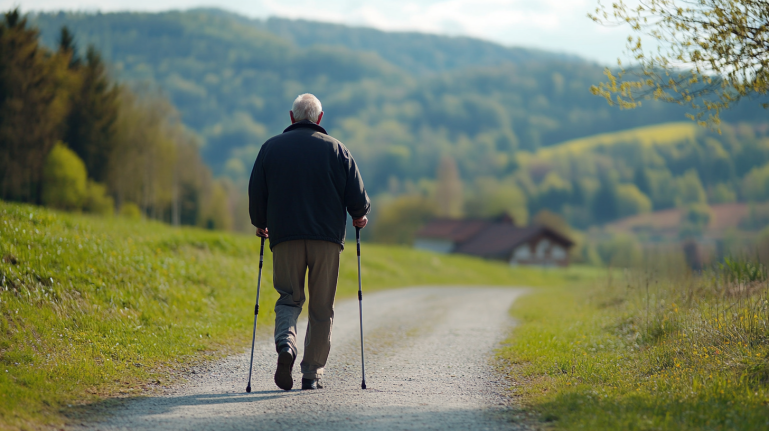
Walking 10,000 Steps a Day Could Add 11 Years to Your Life
In March 2024, a study published in the British Journal of Sports Medicine revealed that walking 10,000 steps a day could significantly lower the risk of death and cardiovascular diseases:
- Walking over 2,200 steps per day helps reduce the risk of death and cardiovascular disease.
- Walking 9,000 to 10,500 steps daily, regardless of how much time you spend sitting, results in the lowest mortality risk.

Research screenshots
Another study published in November 2024 in the British Journal of Sports Medicine suggested that people over 40 who walk at a pace of 4.8 km/h (about 11,000 steps per day) can extend their lifespan by up to 11 years, compared to those who do not exercise as much.
Clearly, the health benefits of walking are more profound than previously imagined, significantly impacting life expectancy.
Enhance Your Walking Routine with These 7 Movements for Even Greater Results
- Tap Your Side While Walking: Improve Waistline Experts recommend incorporating small movements, like tapping your sides while walking, to help reduce waist circumference. The area around your waist, known as the “belt” or “belt meridian,” is especially responsive to this motion.

- Bow Your Legs While Walking: Aid Blood Sugar Control For those with diabetes, walking with a “lunge” or “bow” step can help regulate blood sugar levels. Step forward with one leg, bend your knee into a deep lunge so your thigh is parallel to the ground, and hold the position for a second or two before continuing.
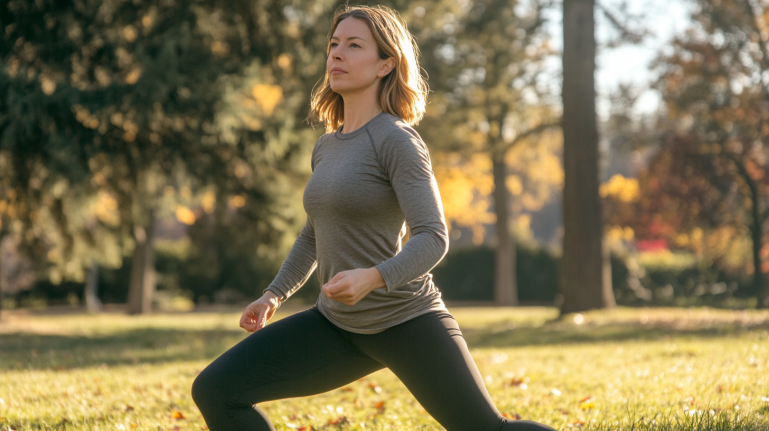
- Lift Your Arms While Walking: Relieve Shoulder and Neck Tension Long periods of looking down, especially at a screen, can cause neck and shoulder strain. Try lifting your arms as if mimicking the position of the hands on a clock set to 10:10. This “10:10” position helps relax the shoulders and neck, benefiting those who spend a lot of time at a desk or in front of a computer.

- Walk Backwards: Relieve Strain and Muscle Fatigue For those suffering from lower back pain, such as lumbar strain or herniated discs, walking backward can provide relief. If your symptoms are mild, try walking backward with a partner for support. However, people with neck issues, unstable blood pressure, or elderly individuals should avoid this exercise.

- Rise onto Your Toes While Walking: Prevent Blood Clots Walking on your toes intermittently can increase heart endurance and efficiency, improve circulation, and prevent blood clots. It can also reduce swelling in the feet and prevent varicose veins.
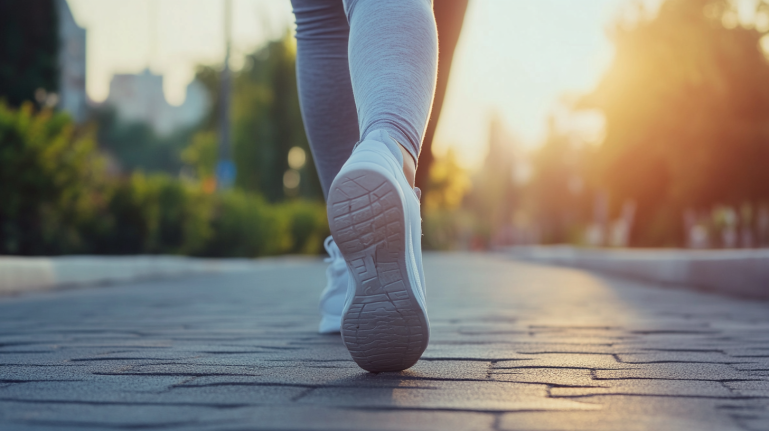
- Twist Your Waist While Walking: Relieve Constipation Adding a waist twist while walking can stimulate the digestive system and alleviate constipation. This movement encourages the body to move more freely and enhances your gastrointestinal health.

- Lift Your Legs High While Walking: Strengthen Core Muscles As you walk, try raising your knees higher, bringing your thighs parallel to the ground. This will help strengthen your core muscles and tone your body, especially your waist and hips.
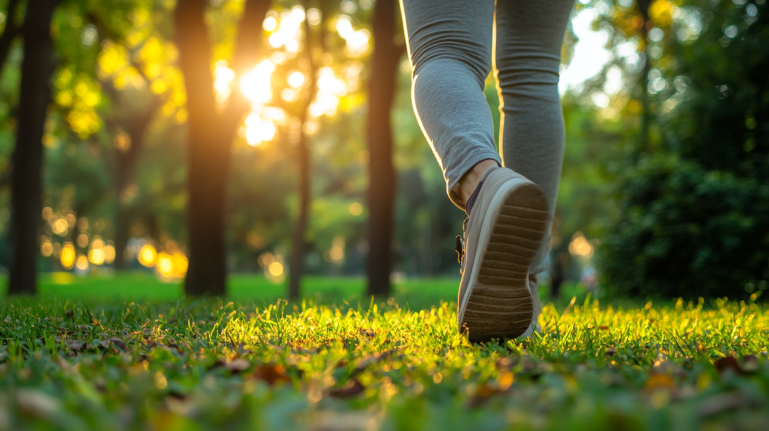
Conclusion
Walking is an incredibly effective exercise that benefits not only physical health but also mental well-being. Incorporating simple movements like those listed above can boost the effectiveness of your walking routine, making it an even more powerful tool for improving health and longevity. By walking more and pairing it with a few strategic movements, you could potentially add years to your life while feeling better every day.

















